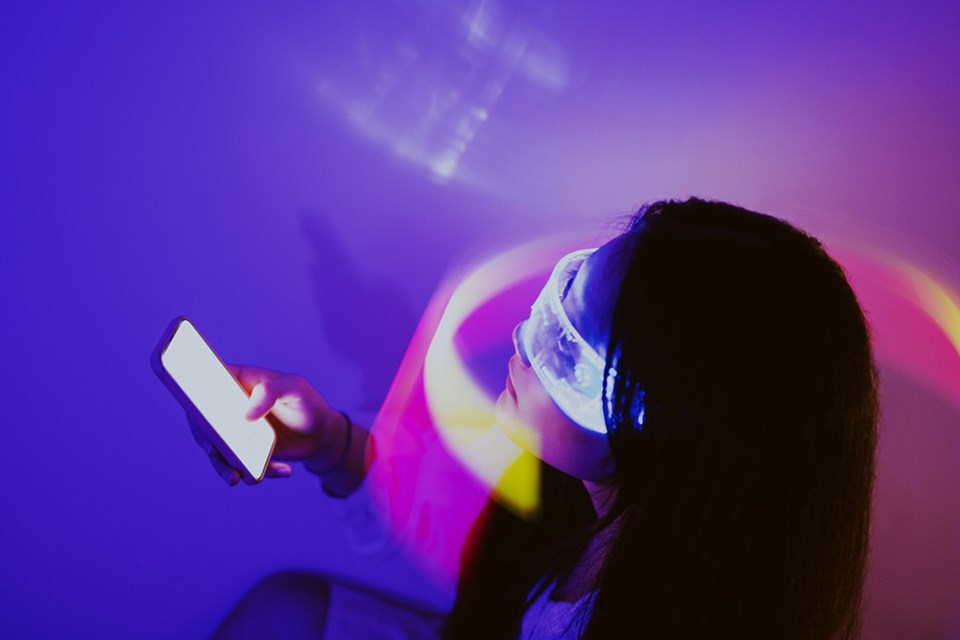Greetings from Terminal 4 at JFK. I'm super excited to be heading to Las Vegas this morning for CES. If you're coming to the show, you're welcome to request an invitation to any or all of our events. You can learn more about them at .
Foreshadowing CES shows yet to come, Google's DeepMind has three new robotic training tools: AutoRT, SARA-RT, and RT-Trajectory. AutoRT is a system that enhances robotic training by integrating large foundation models, specifically a Visual Language Model (VLM) and a Large Language Model (LLM). This integration allows robots to better understand and adapt to their environments. A key aspect of AutoRT is its incorporation of a "Robot Constitution," drawing inspiration from Isaac Asimov's iconic Three Laws of Robotics:
The First Law: A robot may not injure a human being or, through inaction, allow a human being to come to harm.
The Second Law: A robot must obey the orders given it by human beings except where such orders would conflict with the First Law.
The Third Law: A robot must protect its own existence as long as such protection does not conflict with the First or Second Law.
It's pretty clear that semi- or fully-autonomous robots are coming soon to a big box retailer near you. How do I define "autonomous robot?" Bigger and badder than a robot vacuum, but not quite C-3PO. How do I define "coming soon?" More than three years and less than five.
In Walter Isaacson's book Elon Musk, he recounts a story of a disagreement between Elon Musk and Google co-founder Larry Page regarding AI's potential danger to humanity. This disagreement sparked a series of events that, in retrospect, make Google's Robot Constitution appear almost like an apology from Larry to Elon. I'll leave it to you to draw your own conclusions.
I don't think we'll see many humanoid robots for sale at CES this year, but we will see plenty of prototypes and concept devices each bringing us a step closer to a future where it will be harder and harder to distinguish between science fiction and science fact.
As always your thoughts and comments are both welcome and encouraged. Just reply to this email. -s
ABOUT SHELLY PALMER
Shelly Palmer is the Professor of Advanced Media in Residence at Syracuse University’s S.I. Newhouse School of Public Communications and CEO of The Palmer Group, a consulting practice that helps Fortune 500 companies with technology, media and marketing. Named he covers tech and business for , is a regular commentator on CNN and writes a popular . He's a , and the creator of the popular, free online course, . Follow or visit .




